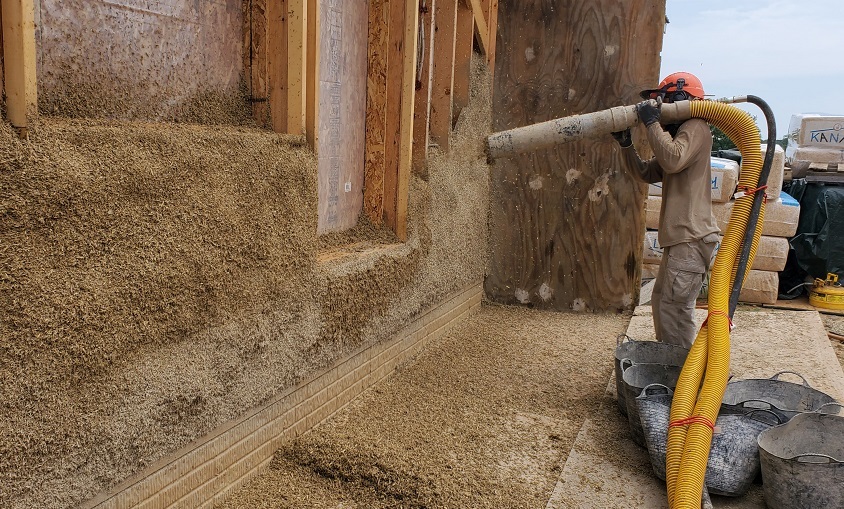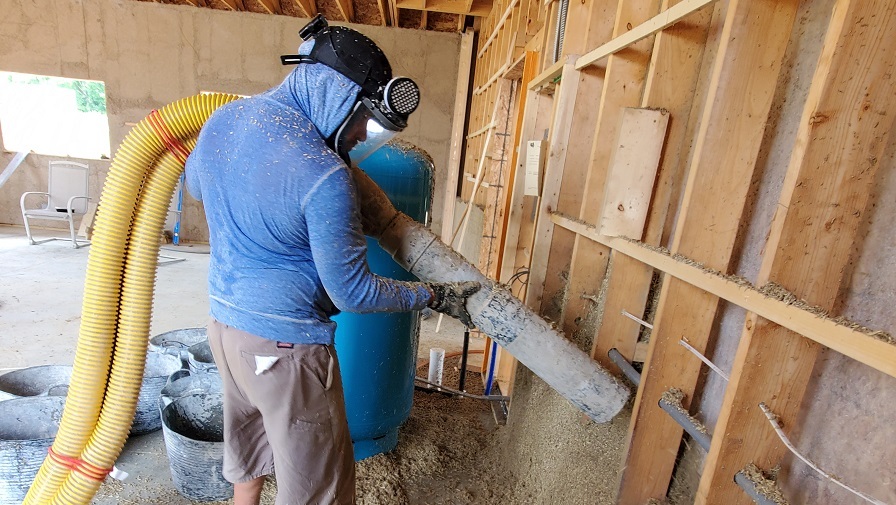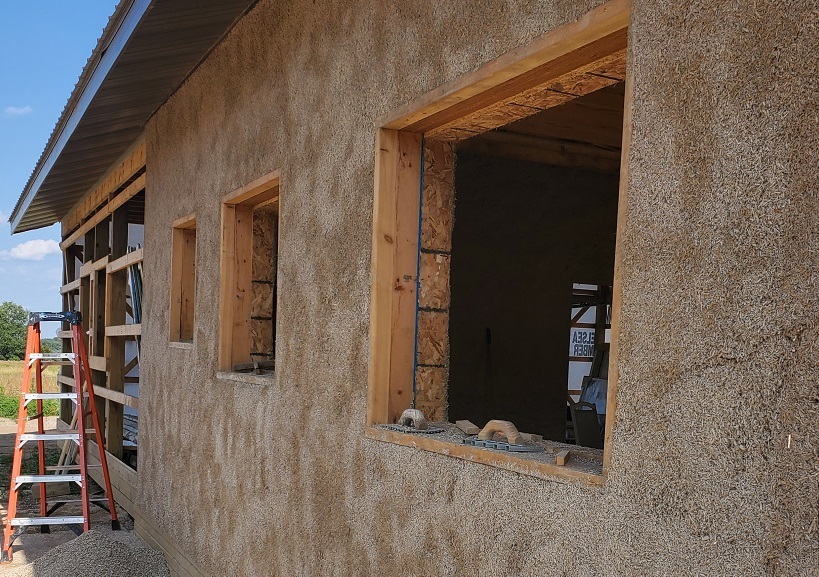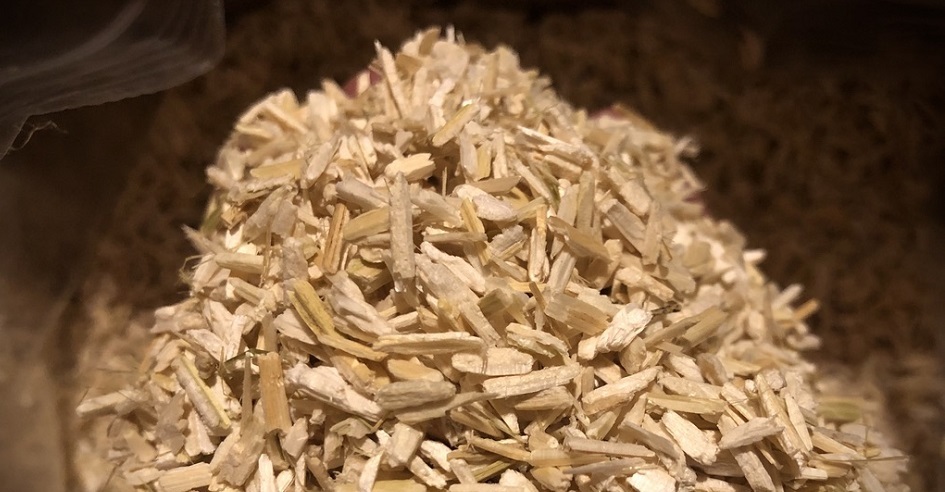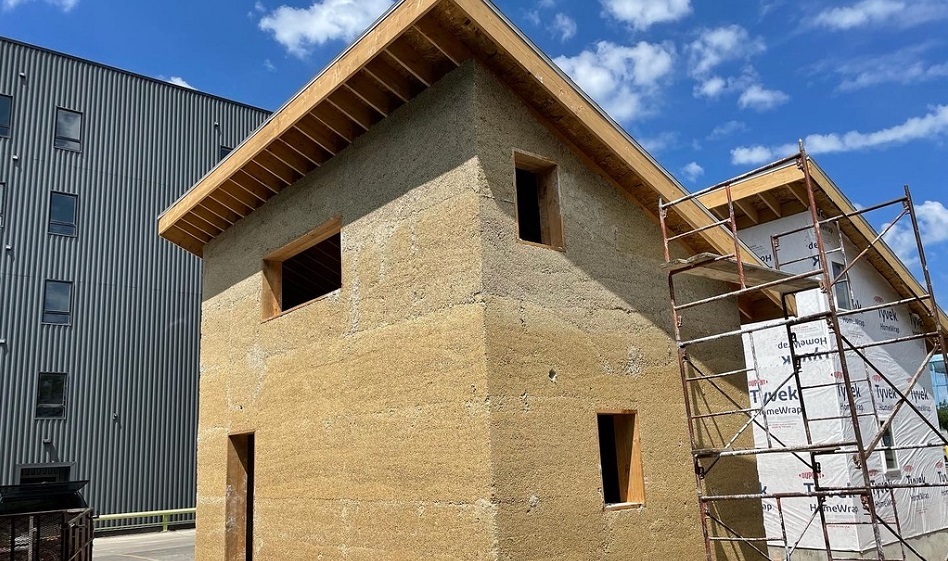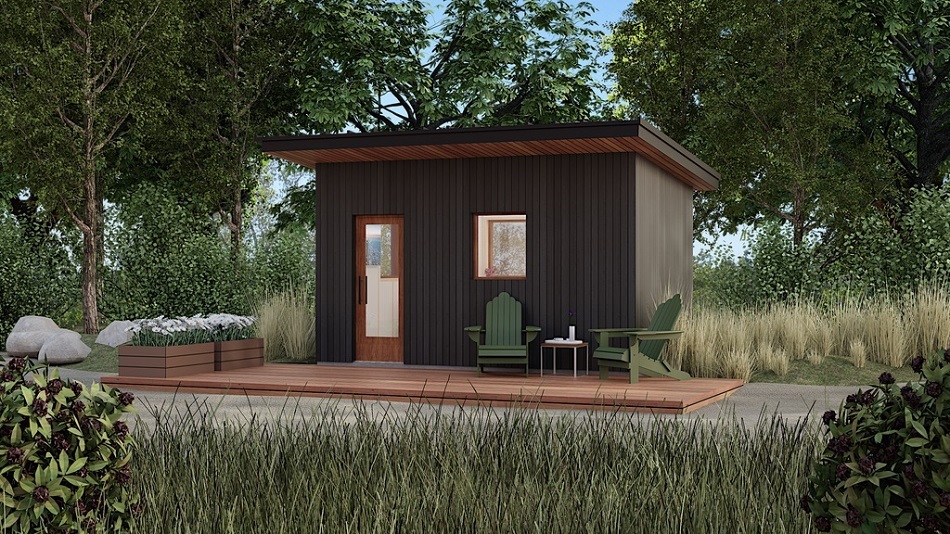The idea of using industrial hemp in the construction of homes and commercial buildings was something of a novelty just a few years ago. Since then, there has been growing acceptance of hemp fiber as a legitimate construction material. Now, several new projects and recent grants awarded by the U.S. federal government might signal the start of a new era for the hemp construction sector.
Government Interest
This past June, the U.S. Department of Energy awarded a $3.74 million grant to Texas A&M University to investigate the development of net-carbon-negative building designs, for both commercial and residential use, via large-scale 3D printing with hempcrete.
“While production of conventional construction materials such as concrete requires large amounts of energy and releases large amounts of CO2 (carbon dioxide), hempcrete is a net carbon-negative material, which can provide major environmental benefits,” project leader Petros Sideris, assistant professor at the University’s Zachry Department of Civil and Environmental Engineering, said in a press release.
Sideris also noted that hempcrete – which is essentially made from hemp fibers mixed with a lime-based binder – is more resilient to the elements than many commonly-used materials in traditional wood frame construction. “Resilience to natural hazards is intertwined with environmental sustainability because building damage and subsequent repairs due to extreme events such as hurricanes result in major environmental impacts,” he said.
Versatile with Unique Qualities
Last month, the first officially permitted home in Michigan to use hempcrete began construction outside of Ann Arbor. The project is also unique in that it used a hempcrete spray insulation developed by FiberFort, a Detroit-based company that specializes in hempcrete and hemp wool insulation.
Kim Croes, FiberFort’s owner, said the spray application form of hempcrete is applied wet and then dries in place, creating an insulation that has an R-value, or insulation rating, of 2.2 per inch. Hempcrete, she added, is also unusual in that it has a high thermal mass, which means it retains heat or cold for longer periods of time. Hempcrete also has the advantage of being naturally fire resistant and relatively chemical free.
Croes told Hemp Benchmarks that the hempcrete spray-on insulation is very versatile, “as long as we understand where we’re applying it, whether we’re doing it on a roof or a wall. Then you would change your ratios to make it either a thicker or a lighter mix.”
A Side-by-Side Study
Another pioneering hempcrete project – funded and developed by Grassroots Development, a local community improvement organization – began this summer in Fargo, North Dakota. Two small homes, 13-by-23-feet each, were built side by side there. One of the houses is a conventional wood frame building with fiberglass insulation. The second home also has a wood frame, but features 12-inch-thick walls made from hempcrete. Sensors have been placed in the walls of both houses to study data such as air temperature, air moisture, and energy consumption.
“This, from my knowledge, is the only study of its kind,” Riley Gordon, principal engineer with the Minnesota-based Agricultural Utilization Research Institute, told Minnesota Public Radio. “We’re just looking … to leverage the opportunity of having these two buildings built side by side. They’re identical, it’s perfect for a controlled study.”
Homeland Hempcrete, a Bismarck, North Dakota builder of prefabricated homes, is helping to oversee the Fargo study. Company president Matt Marino hopes the year-long project will help answer some questions about hempcrete construction. “The performance of hempcrete is fairly well documented to a degree, but not too much in the U.S.,” he told Hemp Benchmarks. “There are a lot of things that are well-known about the material, but the part that is really missing is … the standards and expectations for building. And hopefully we’ll be able to show how [hempcrete] outperforms in a variety of ways, and also how it leads to ownership cost savings over the life of the build.”
An Evolving Process
Due to the relative newness of hempcrete, there are still numerous variables that producers and users must contend with when using it during construction. Marino said some advancements in hempcrete, as well as the growing accessibility of the binding elements used, have been a game-changer. In particular, he pointed to the use of consistent and high-quality, pre-made hempcrete binders.
“A pre-blended binder specifically for hempcrete building … takes the guesswork out and makes it more of a repeatable process,” he said. For example, Marino explained the addition of certain pozzolanas – a type of volcanic ash that allows hempcrete to set faster – “allows the lime to set while it’s wet, so you can remove form boards quickly, so it makes the material a lot more workable.”
Challenges Facing the Hempcrete Sector
Two major challenges for hempcrete are its current costs and the lack of a steady supply chain. Regarding the latter, Marino noted one of the biggest problems in the U.S. is the availability of hemp hurd, the woody interior core of hemp that is used for hempcrete. While breeders and cultivators are experimenting with developing different varieties of hemp for fiber, grain, and cannabinoids, Marino said when it comes to the use of the hurd in hemp construction he has not noticed that any one hemp variety, or even type, is preferable to another.
“I think ultimately there will be, but it really comes down to the processing capabilities,” he explained. “So you can have a fiber variety that’s intended for building but it’s processed wrong and turns out to be an inferior product; you can have a grain variety that’s processed fantastic – or even a CBD variety that’s processed fantastically – and performs well in hempcrete. So on the micro scale there are going to be differences. We don’t know enough exactly as an industry to single out any particular type.”
Regarding costs, a recent article in Cannabis & Tech Today reported that hempcrete construction costs can run anywhere from 20% to 30% higher than conventional building materials such as wood, brick, plaster, and concrete. However, the website noted, the long-term efficiencies of hempcrete make up for the short-term costs, by saving homeowners “thousands per year in energy costs while having the added benefit of increased sustainability.”
Building Supply Chains and Gaining Acceptance
Marino at Homeland Hempcrete pointed out that while hempcrete prices have yet to come down, “there’s definitely more material available – to where if I can’t get one supplier I can rely on another supplier to get similar quality, enough to ensure a good build.”
Kim Croes with FiberFort believes a consistent supply chain is one of several factors that will bring hempcrete prices into alignment with current construction costs. “Accessibility to materials, logistics, having people more local to you,” she added. “A better setup to be able to build the hempcrete and make it as efficient as possible.”
There is also the issue of gaining acceptance in the mainstream construction market, which is known for its conservative mindset. “When you’re in the industry for so long and you meet certain industry standards, why would you want to change?” she asked. “It takes more effort.”
That said, Croes has met with potential homebuilders and architects who she characterized as very enthusiastic about hempcrete. “I think the visualization of seeing a building in person, seeing how people respond to it, testing it out and seeing how it responds to its environment, is really going to be the fire that changes people’s minds about it.”
Related Articles:
- Bringing Hemp Paper Back into the Fold (June 15, 2022)
- How the Automotive Industry is Incorporating Hemp Fiber Products to Meet Sustainability Goals (June 8, 2022)
- Can Hemp Lumber Cut into the Wood Industry? (April 13, 2022)
- The Campaign to Develop Hemp Genetics for the Modern Market (April 6, 2022)
